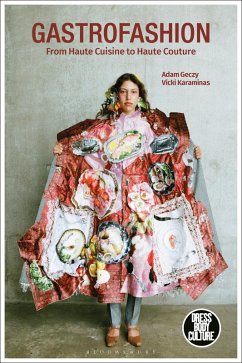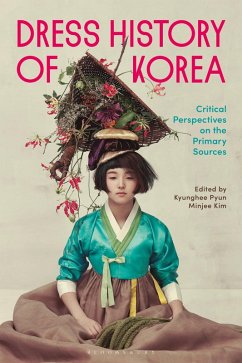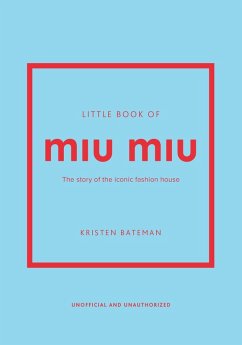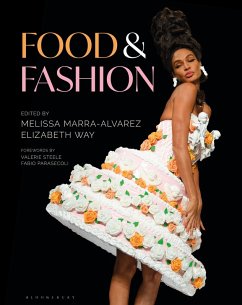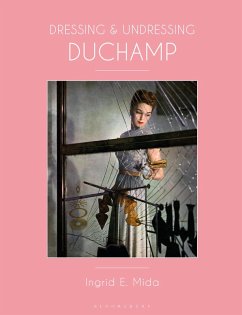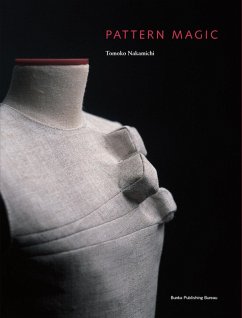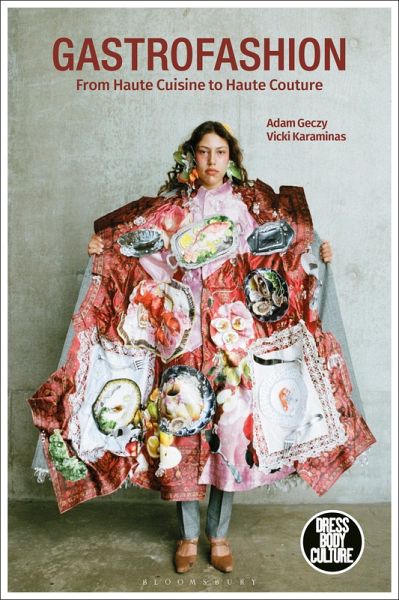
Gastrofashion from Haute Cuisine to Haute Couture (eBook, ePUB)
Fashion and Food
Versandkostenfrei!
Sofort per Download lieferbar
22,95 €
inkl. MwSt.
Weitere Ausgaben:

PAYBACK Punkte
11 °P sammeln!
For hundreds of years consumers and scholars have acknowledged that food is affected by the same rapid shifts in taste and consumption as clothing. Trends in fashion and in food are increasingly being marketed in tandem and sold as fashionable commodities to reinforce capitalist power. Yet despite this, the reciprocal relationship between fashion and food has not been fully explored - until now. Gastrofashion from Haute Cuisine to Haute Couture examines the relationship between food and fashion in clothing, style, and dress in all its manifestations, from the restaurant to the catwalk, to cook...
For hundreds of years consumers and scholars have acknowledged that food is affected by the same rapid shifts in taste and consumption as clothing. Trends in fashion and in food are increasingly being marketed in tandem and sold as fashionable commodities to reinforce capitalist power. Yet despite this, the reciprocal relationship between fashion and food has not been fully explored - until now. Gastrofashion from Haute Cuisine to Haute Couture examines the relationship between food and fashion in clothing, style, and dress in all its manifestations, from the restaurant to the catwalk, to cookbooks, diet fads, slow food, fast fashion, celebrity chefs, artists, and musical performers. It traces the relationship between food and fashion back to the Middle Ages, to the rise of social refinements in manners, speech, clothing, and taste, when behaviours and appearances reflected social status and propriety and where the social display of wealth and privilege were inseparable from food and clothing. Nowadays, designer eateries such as Pasticceria Prada and Armani Ristorante and the display of food on fashion catwalks are the precursors of the restaurants of pre-Revolutionary France and the spectacles of world fairs and exhibitions. This much-needed book offers a substantive and incisive discussion for all those interested in the complex interrelationship between food and fashion - scholars, students, and general readers alike.




